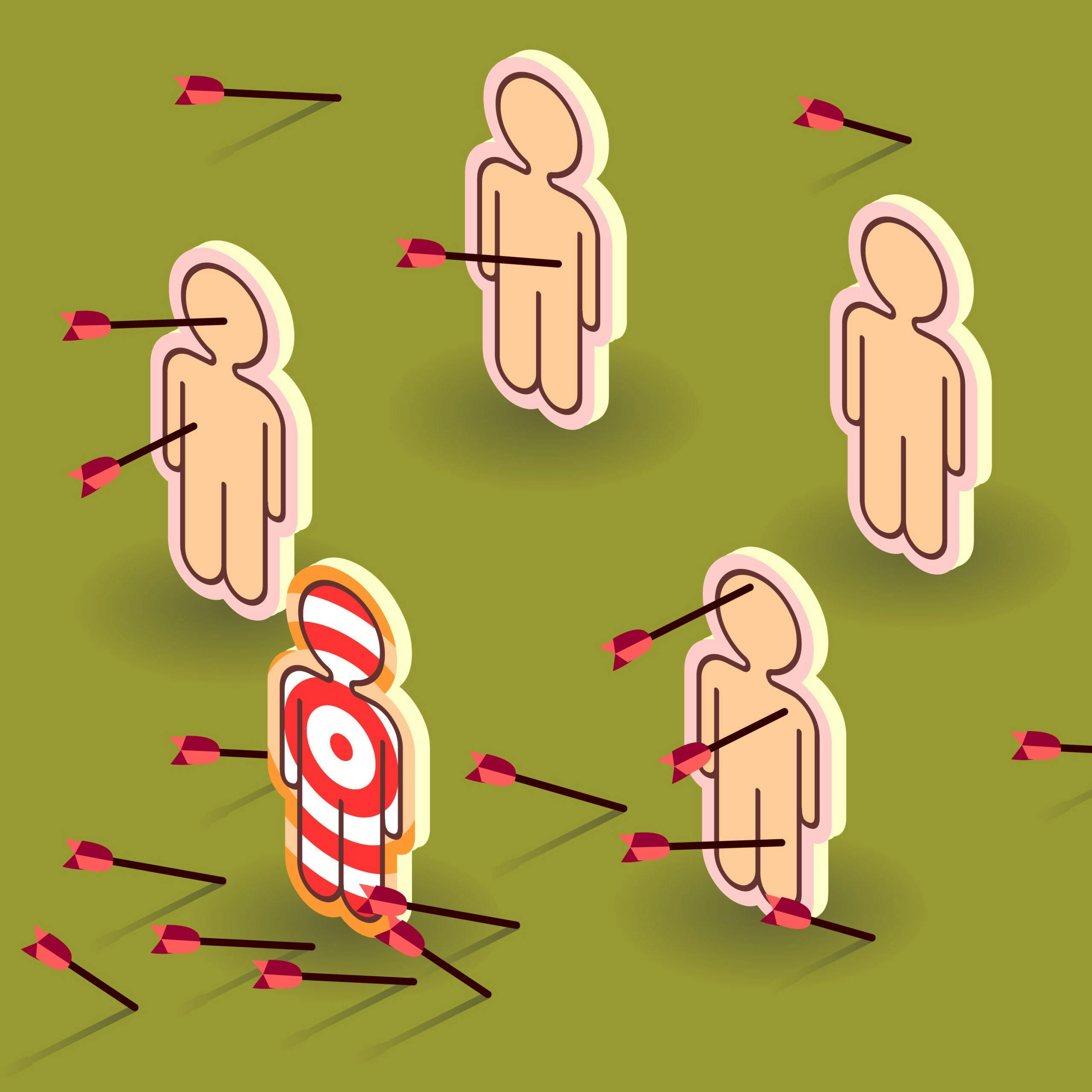You know that a mis-hire carries with it a financial impact that can last for months on end. But there are other more subtle costs associated with mis-hiring that many, even in the HR field, don’t consider or don’t put enough weight into. In fact, these can last for years, long after the financial impact is absorbed.
These 5 hidden costs of mis-hires must be avoided by modernizing HR practices to hire the right candidate the first time, every time.
1. Employee morale suffers
While one bad apple doesn’t exactly spoil the whole bunch, excellent employees who are great fits for their positions can slip into lower productivity and engagement during the months that they spend on a team with a mis-hire. In fact, good employees can leave the organization before the bad apple does.
Similarly, once the mis-hire leaves morale can further decrease during the subsequent hiring and on-boarding process that must take place. Productivity goes down as work is not covered and training takes place.
2. A poor customer experience
Beyond the effects within the organization, consider who the mis-hire came into contact with outside the company. Clients, customers, vendors, and partners may have had a negative experience with the under-performer, which can cause damage to your reputation.
While a thorough training program can prevent many bad customer experiences, all the training in the world can’t make an employee with the wrong attitude care about how the customer perceives the company or whether they repeat their business.
3. Work product suffers
An employee who cannot fit into company culture or lacks problem solving ability at the level of the rest of the team will not produce work up to the standards of quality, finesse, and innovation that you have come to expect. These are not traits that can be taught or trained. Both productivity and innovation of the whole team fall as a result.
4. A culture of micromanagement develops
When managers need to spend more of their time with an under-performing employee, it undermines their management style and forces them to micromanage.
If this were only a problem of one mis-hire, that would be bad enough. But the honest fact is that under-productive employees comprise a larger, if minority, share of our workplaces, on average. So when managers have to hover over and correct multiple members of their team, it decreases their effectiveness and morale and bleeds over to how they manage everyone.
5. Rushing to the next hire
Once the mis-hire is no longer on the team, the manager often feels an extra sense of urgency to hire a replacement because of the loss of productivity, morale, and financial investment.
What happens when the hiring process is rushed? Too often, another mis-hire is made, starting the downward spiral all over again.
This is why it’s important to take time in the hiring process and consciously hire the right employee for the organization and the position. What seems like a fast hire can lead to a slow, painful, and costly recovery from a mis-hire if you’re not thoughtful about the process.
